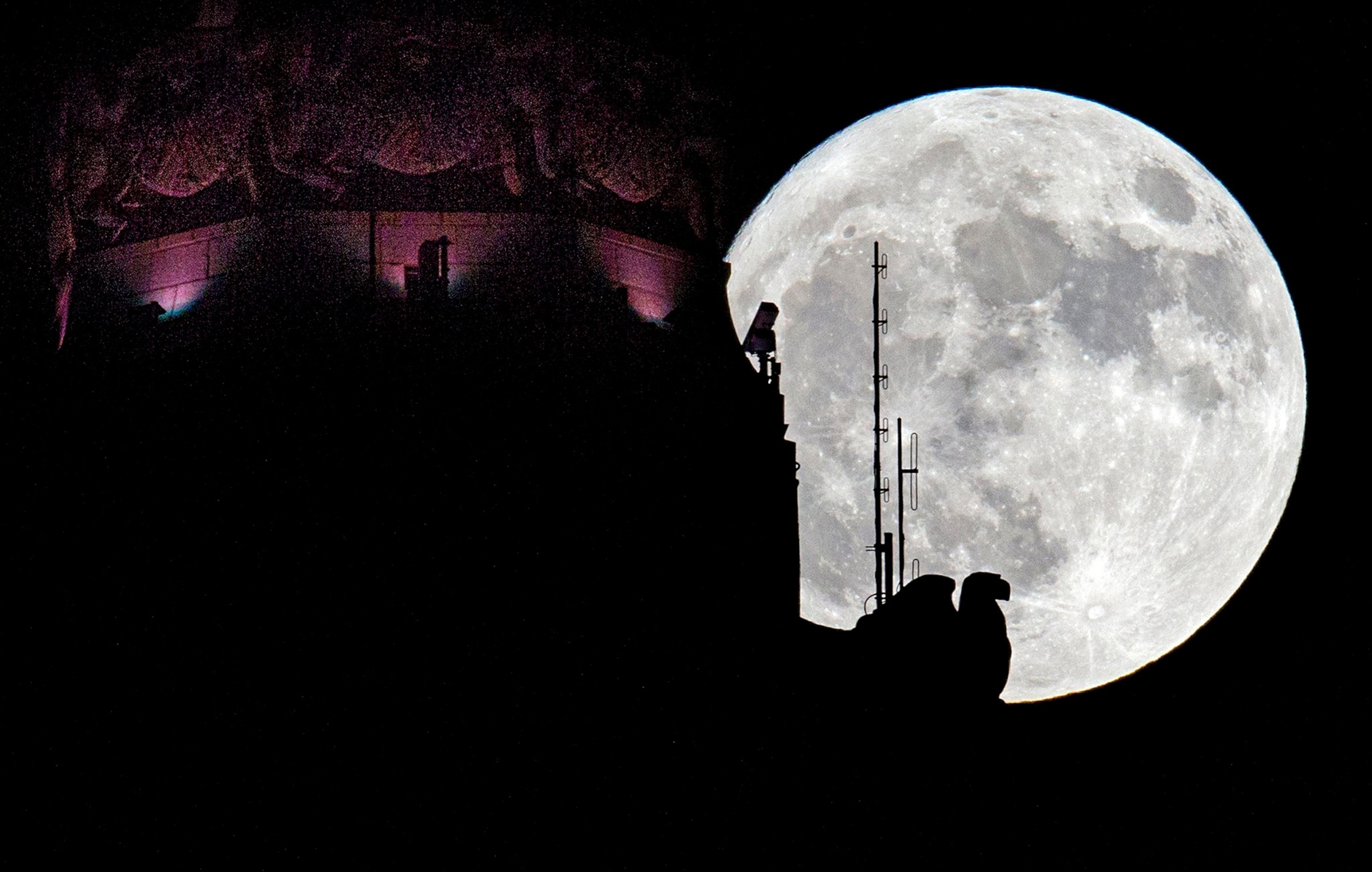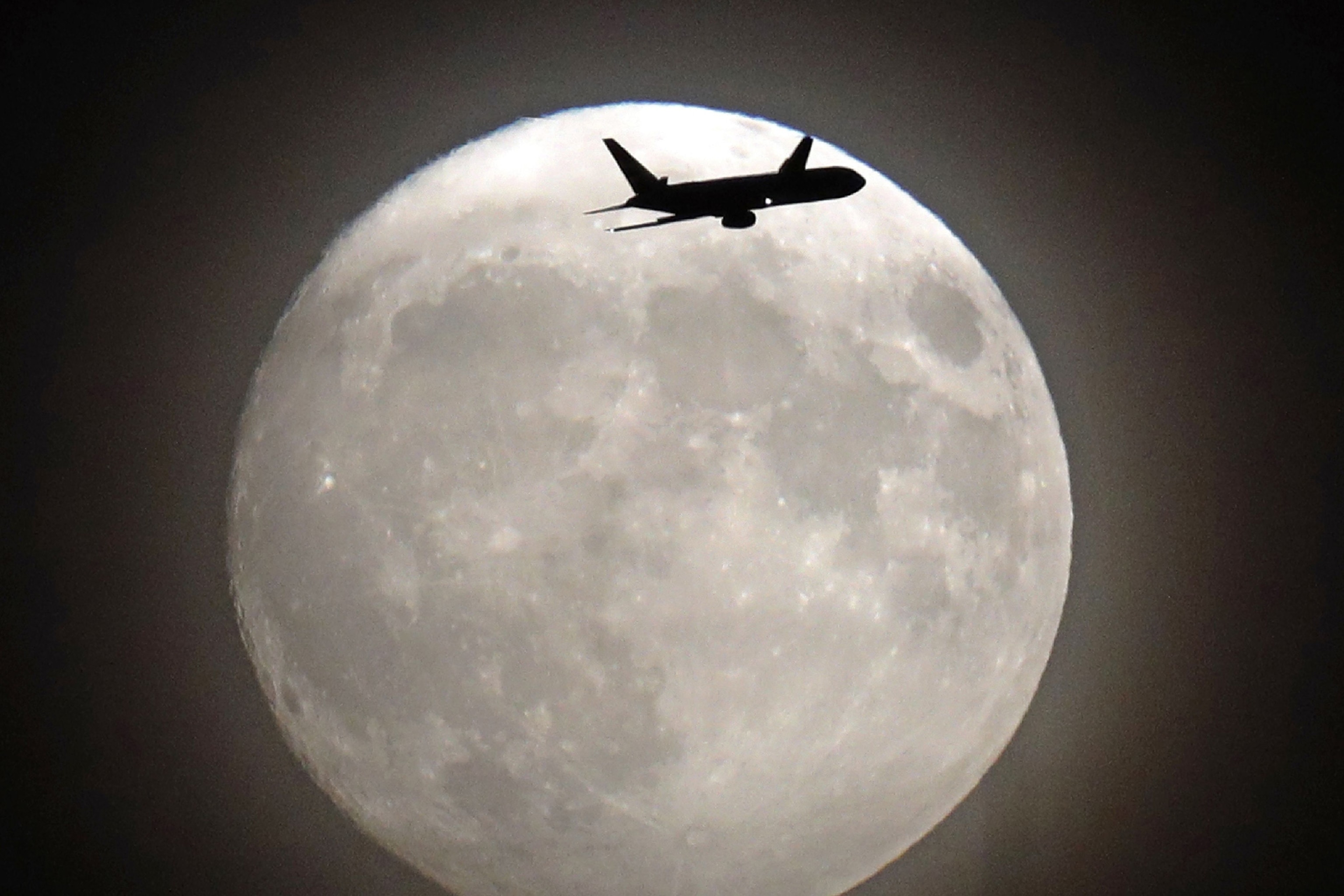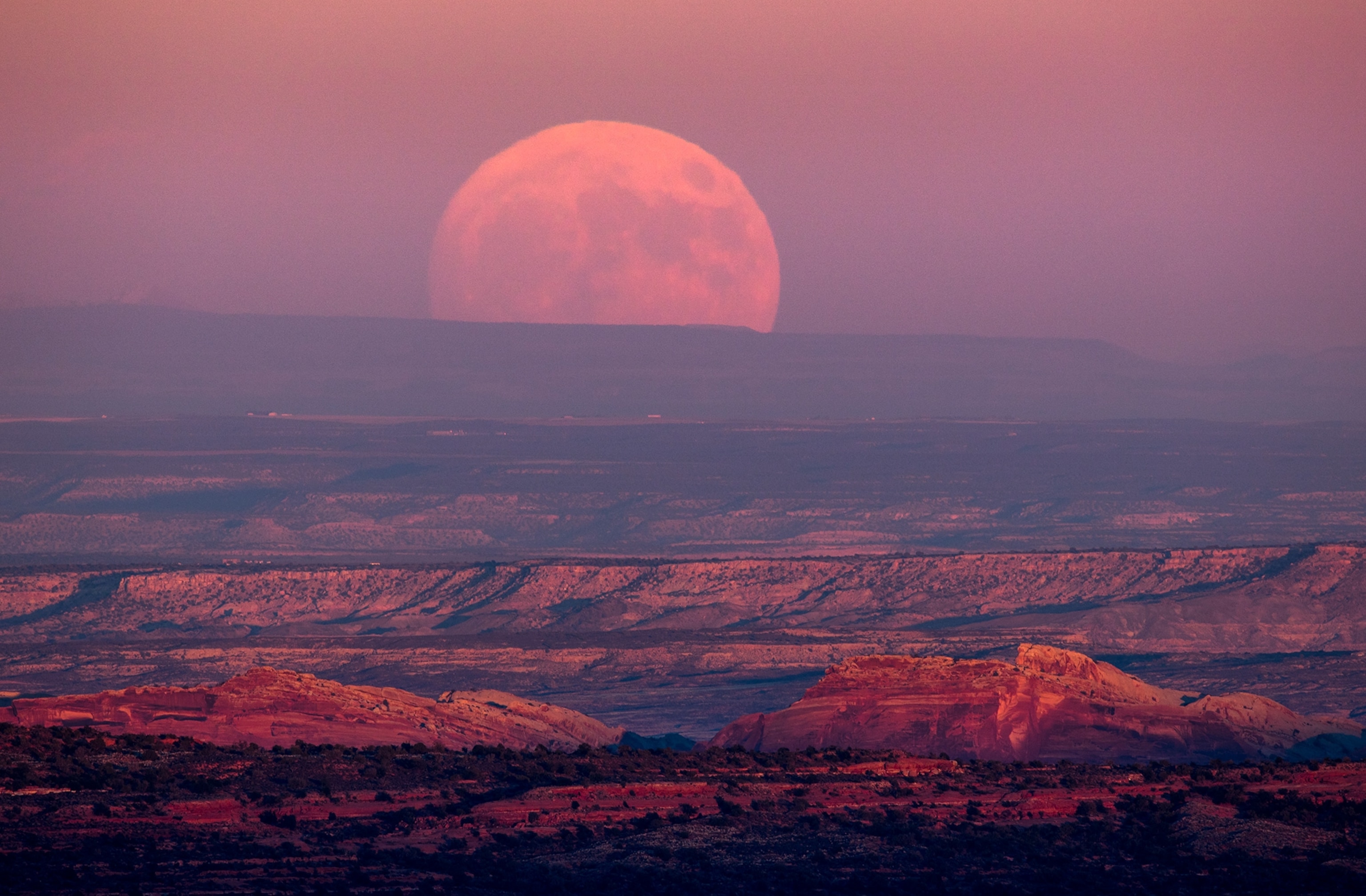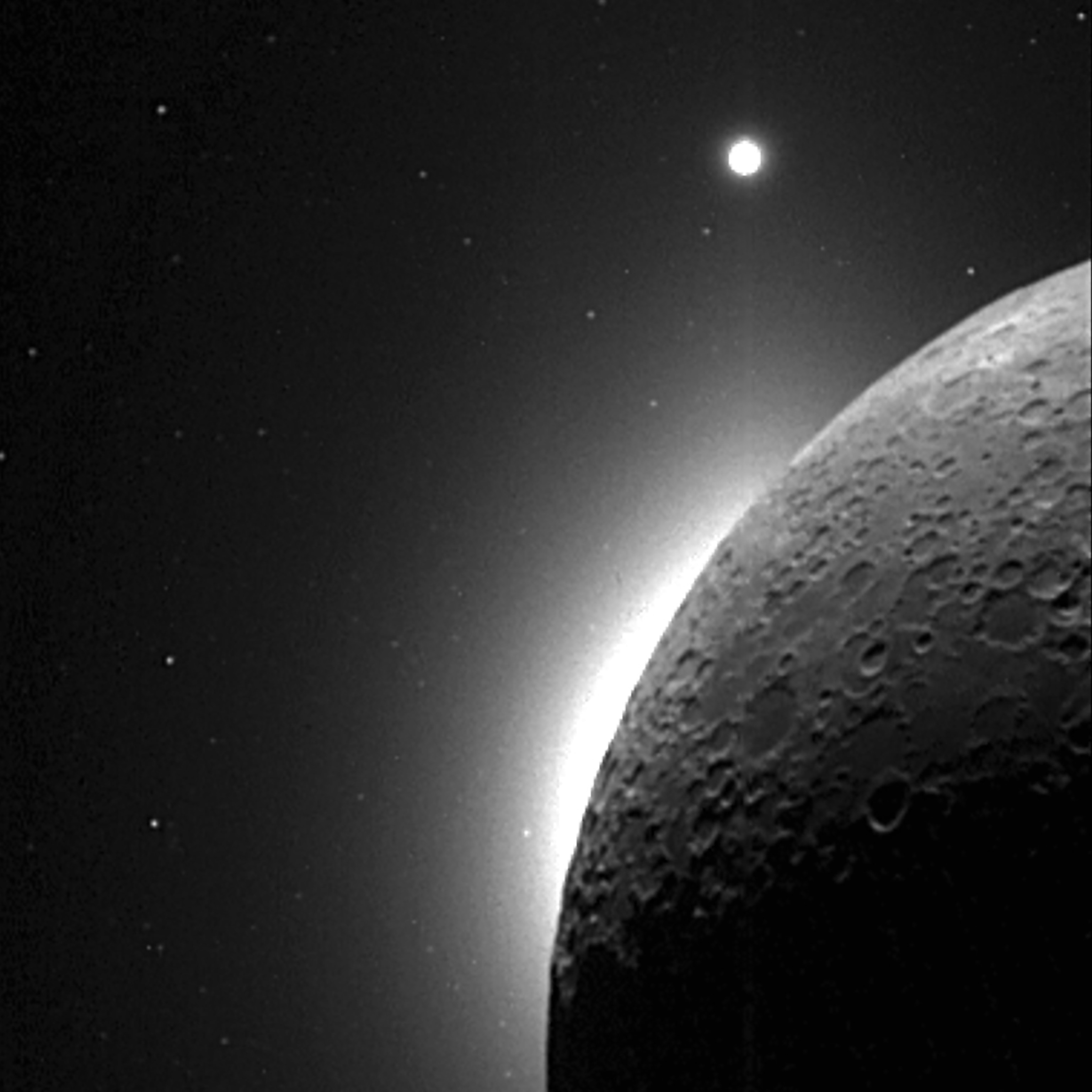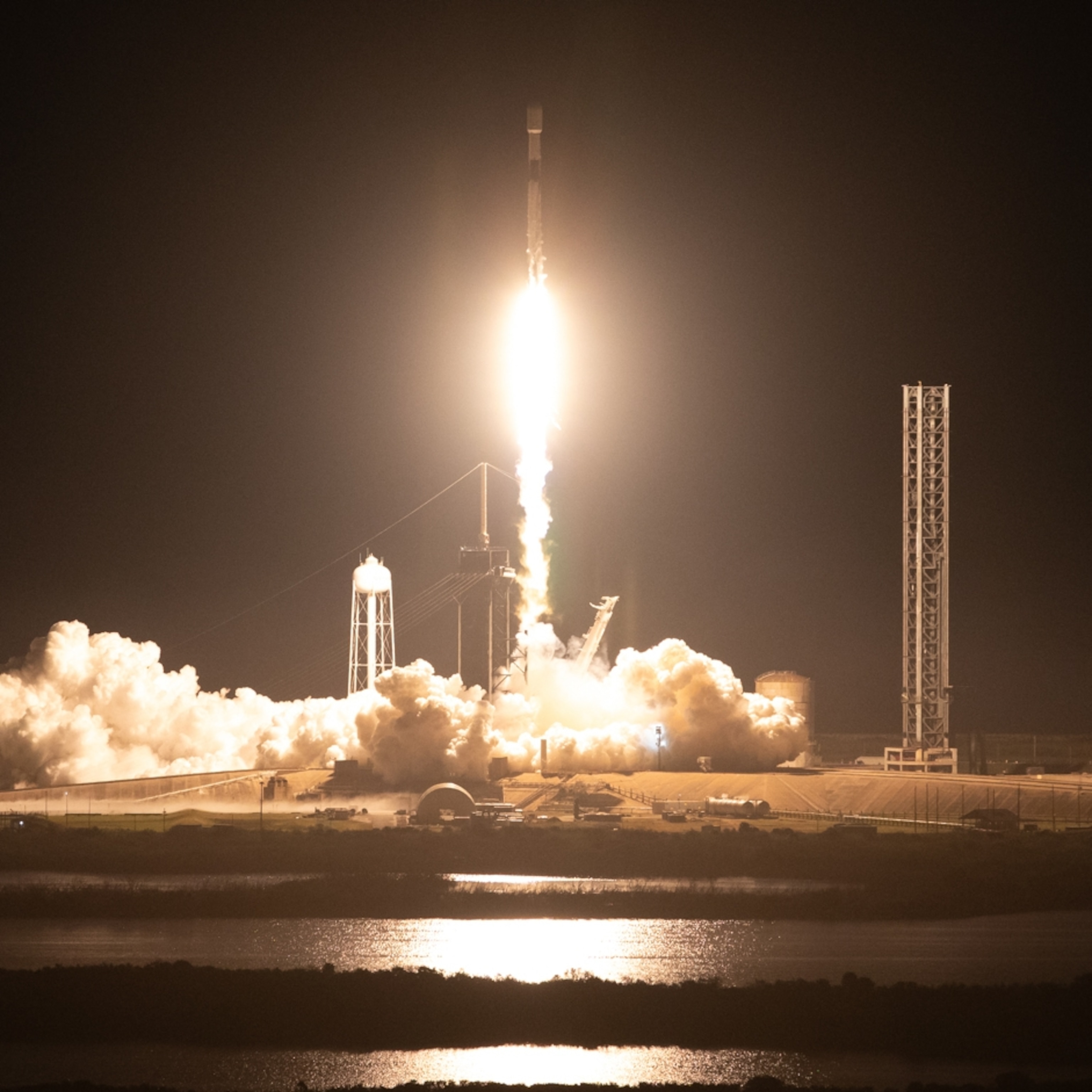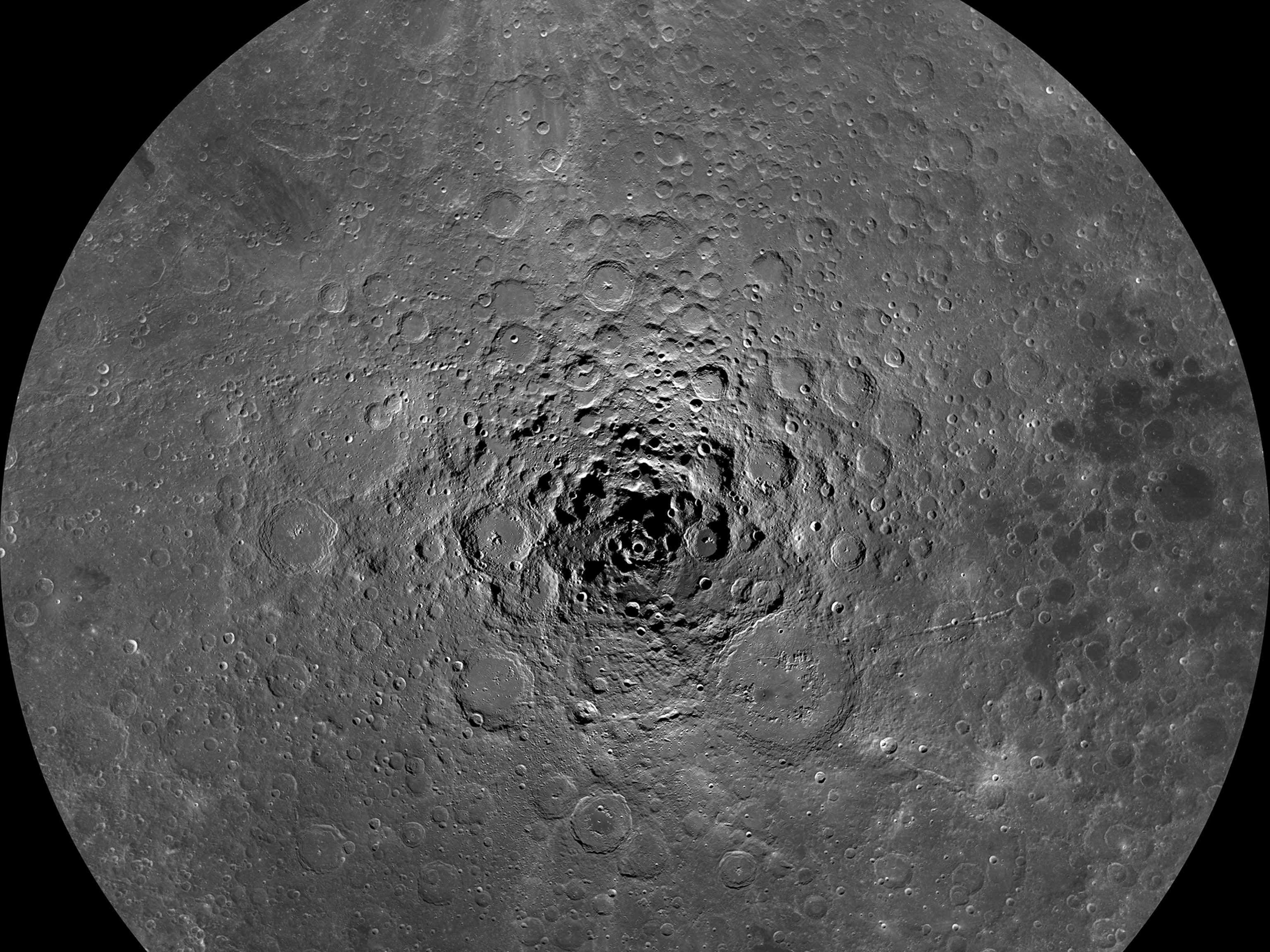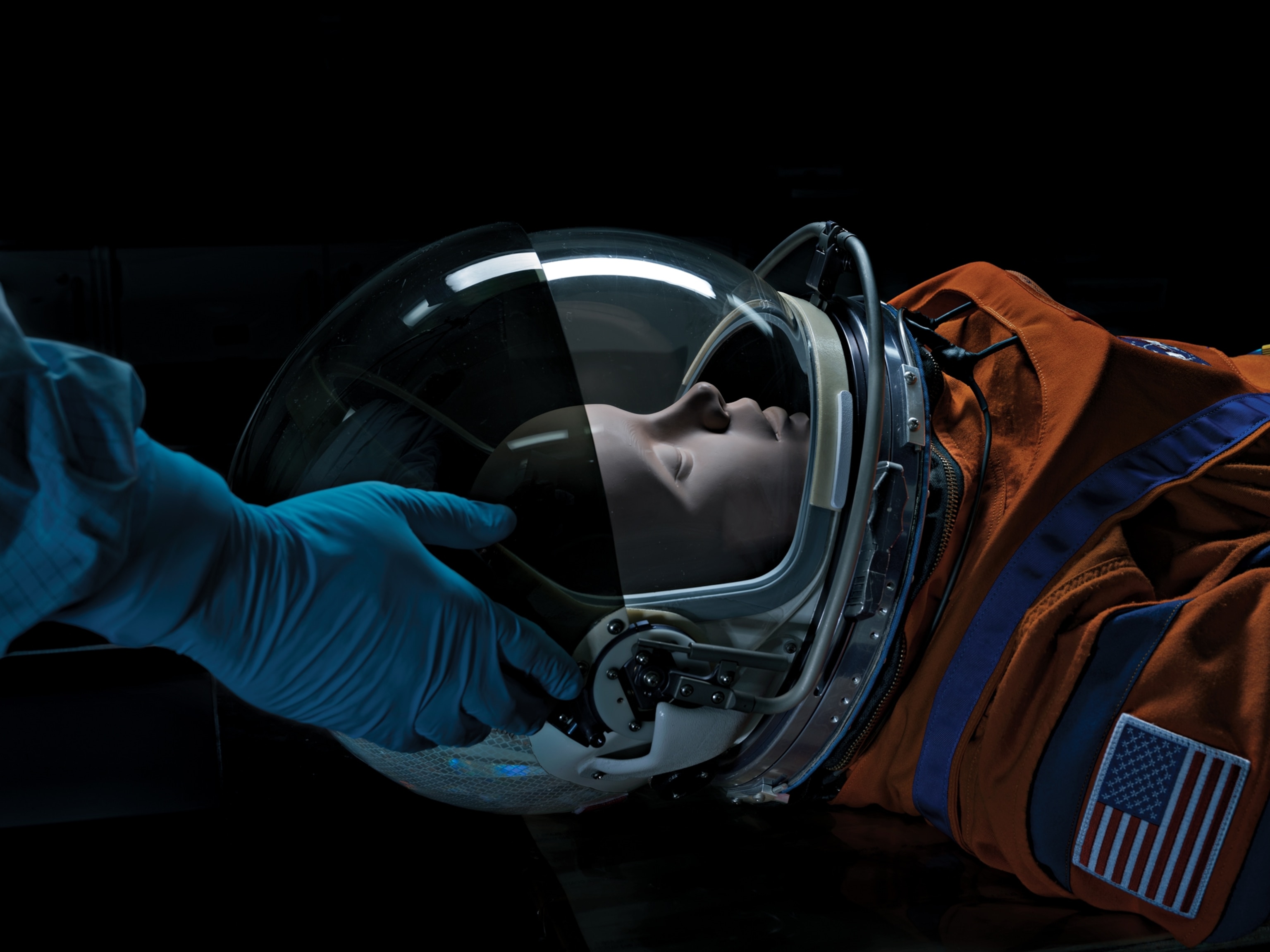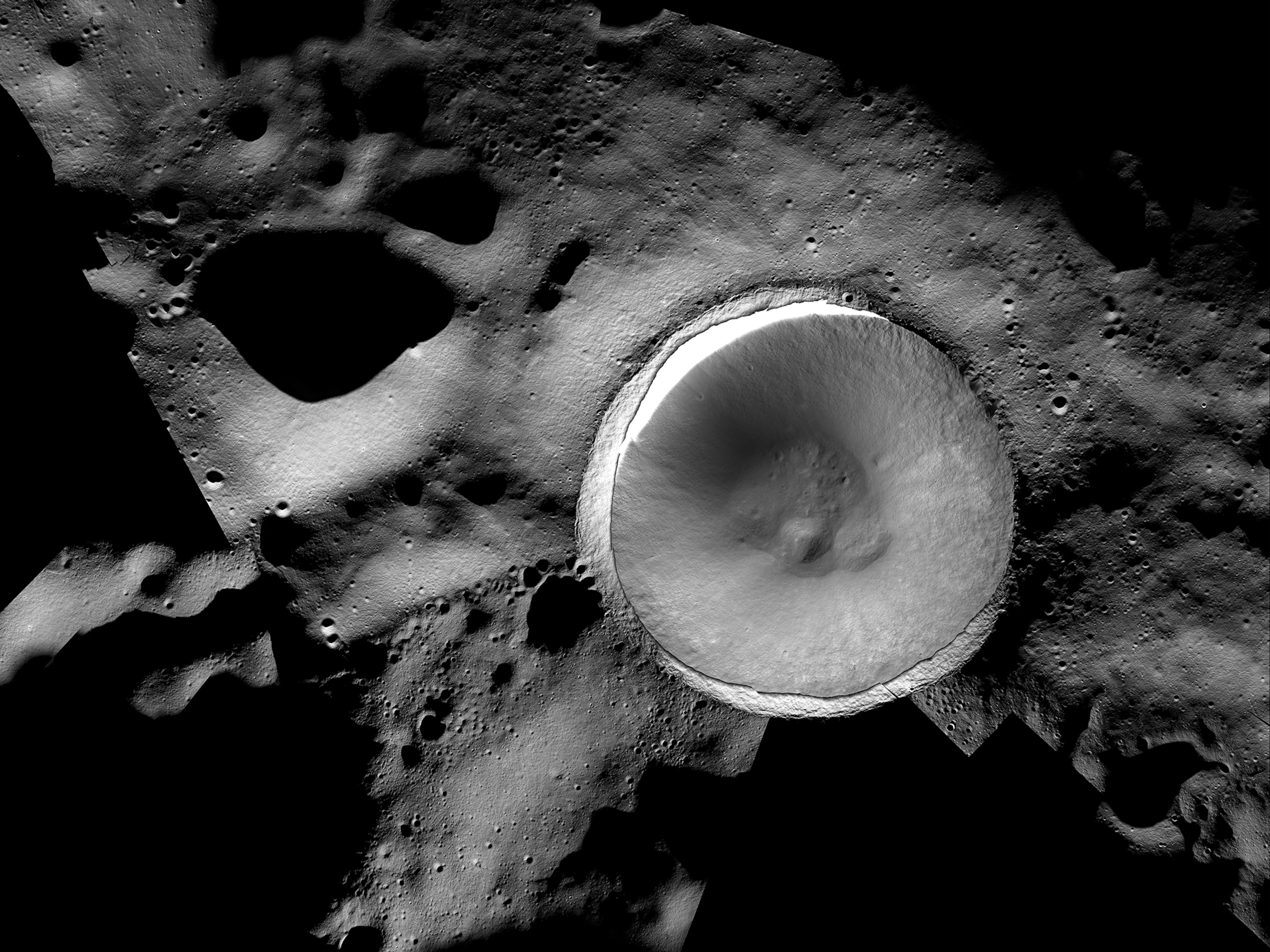The moon is often thought of as a lifeless and inactive place. But a new study reminds us that our pale celestial guardian is more dynamic than it seems from afar. Fresh measurements of its flimsy atmosphere back up the idea that our lunar companion is surrounded by an electric shell, and that shell seems to gather power when Earth shields it from the fury of the sun during a full moon.
In effect, when you gaze at a bright full moon shining in the sky, you are probably seeing the lunar orb at its most electric.
Worlds with atmospheres tend to have outer layers known as ionospheres. Material that reaches these extraordinary heights bumps up against the vacuum of space, where starlight and cosmic rays attack it, stripping electrons from atoms and creating a thinly spread shell of electrically charged gas, or plasma. (Find out about the water reserves deep inside the moon.)
Despite its extremely low gravitational field, the moon has an incredibly thin type of atmosphere known as an exosphere. It’s fuelled by tiny gaseous pulses at the surface powered by radioactive decay, atoms blasted upward by micrometeorite impacts and solar wind, and even lunar dust that’s potentially levitated by electrostatic forces.
Back in the 1970s, Soviet Luna probes 19 and 22 circled the moon and brushed up ever so gently against a layer of charged particles high above the silent terrain. It appeared that, much like on Earth, the moon’s fantastically diffuse exosphere was interacting with starlight and giving rise to an ionosphere. It’s ephemeral, but it’s there. (The race back to the moon may be putting historic artifacts at risk.)
“There’s a lot we don’t know about it, and it’s fair to say there’s still some controversy,” says Jasper Halekas, lead author of the new study in Geophysical Research Letters and an associate professor of experimental space physics at the University of Iowa.
Part of the problem is that the moon’s ionosphere is so weak that it’s barely detectible when it’s smothered by plasma streaming off the sun and Earth. This renders many of its characteristics concealed behind a violent fog, triggering plenty of debate.
Pocket in the Tailwind
Hoping to shed some light on the enigma, Halekas and his team turned to two probes drifting in the darkness. They belong to NASA’s Acceleration, Reconnection, Turbulence and Electrodynamics of the Moon's Interaction with the Sun—or ARTEMIS—mission.
As the name suggests, these probes, placed in unusual orbits near the moon, are helping us understand how the lunar orb is influenced by the sun. The spacecrafts’ instruments can, among other things, peer into the moon’s highly diffuse exosphere. (Here’s how SpaceX plans to send a private tourist to the moon in 2023.)
But to get the best look at it, the team waited for a very specific time: during a full moon.
Related: Supermoon Pictures
At this point, the moon is behind Earth with respect to the sun, and it finds its way into a sort of pocket within the elongated tail of Earth’s magnetic field. This means the moon and the faint husk of the lunar ionosphere are shielded from much of the highly energetic solar wind that constantly streams into deep space.
During this critical window, ARTEMIS could track the plasma waves emerging from the sunlight-bombarded lunar dayside and create a much more detailed picture of the moon’s ionosphere. This was the first time such an incredibly precise technique has been used on the moon, and it revealed that the lunar ionosphere is about a million times more tenuous than Earth’s.
Weak though it may be, the lunar-derived plasma has appreciably higher density while in this refuge than the density of the plasma surrounding it. This suggests that the moon’s ionosphere becomes more prominent when it’s in Earth’s protection. (Data from a Japanese probe suggests that the lunar surface also becomes more electric during a full moon.)
Halekas describes this relative ionospheric peak as “a little source of plasma bubbling and seething around the moon.”
Lunar Pathways
Crucially, this means that the lunar plasma can measurably perturb the plasma coming from Earth and the sun, leading to observable changes in electrical currents and the distribution of electrons around the region. It’s possible that there’s even a plasma-based connection between Earth and the moon, and previous research offers some tentative evidence that such a particle exchange exists.
But a moon-Earth plasma pathway and what it could mean for both celestial spheres are highly speculative notions for now. Until better space-based instrumentation takes flight, questions shall remain.
It’s also hard to say at this stage whether the moon is a preview for other rocky bodies across the cosmos. Asteroids and other moons in our solar system tend to be smaller than “our magnificent moon,” says Sara Russell, a professor of planetary sciences at the U.K.’s Natural History Museum in London. This means they would retain even thinner exospheres.
In addition, bodies further from the sun would bathe in less starlight compared to our moon, meaning their exospheres wouldn’t ionize as efficiently. Both factors suggest that if these rocky objects do possess ionospheres, they would probably be even weaker than our lunar companion’s electrified veil.
Still, Halekas says, the strange lunar ionosphere is fascinating and “a reason not to think of the moon as a big, dead, dull rock in the sky.”





